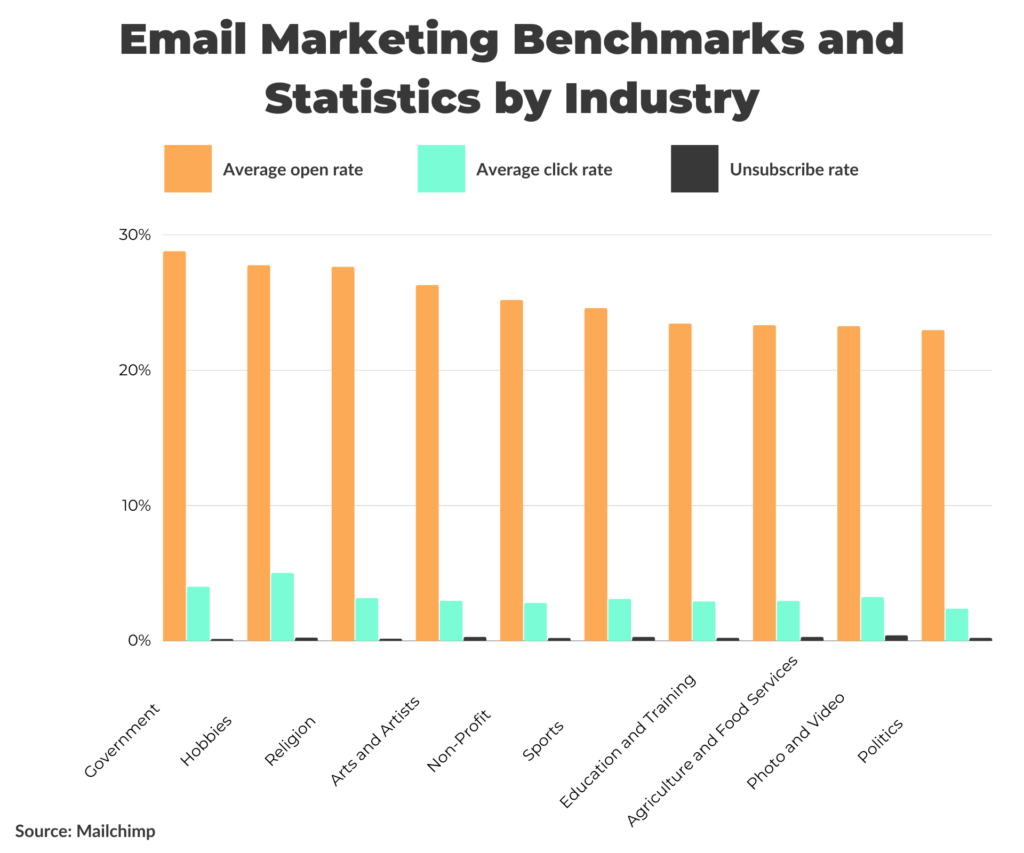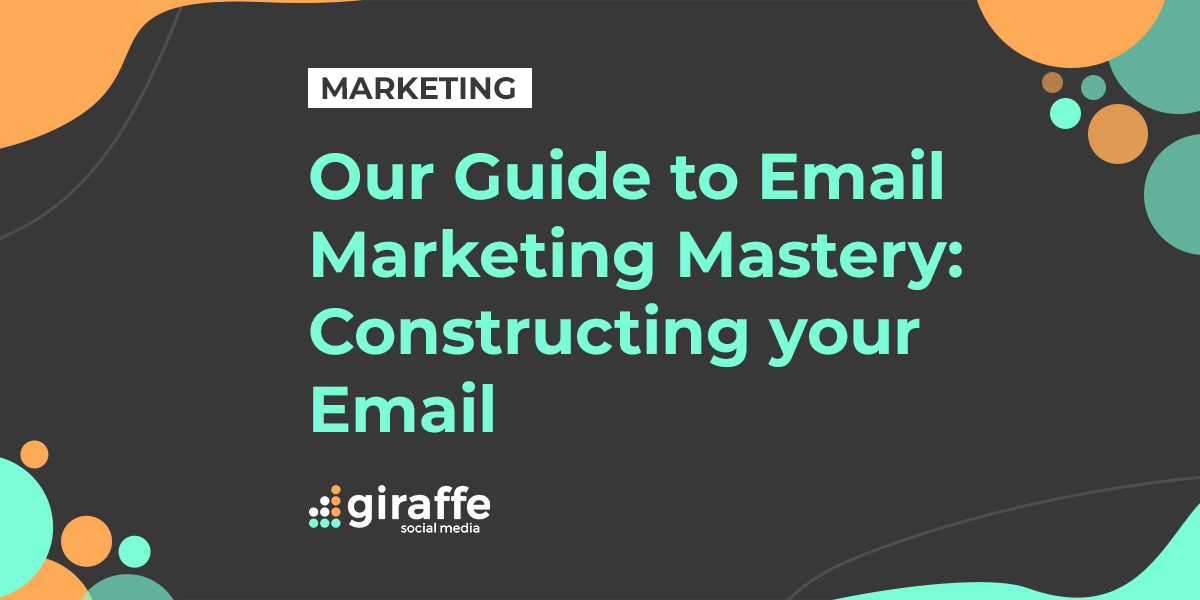Constructing Your Email Marketing Campaign:
> Creating objectives and goals
> Identify your audience
> Crafting a great message
> Email structure and design
> Email subject lines and A/B testing
> Network integration
> Testing, times & dates
For small and medium-sized businesses, email marketing should be an integral part of any digital marketing strategy. We created our guide to email marketing mastery to give you a better grasp of the finer details and help you tap into your business’s potential. In this instalment, we’re focusing on constructing your marketing email, once you are happy with your database, and have a good grasp of what your competitors are offering.
Creating objectives and goals
When it comes time to build your campaign, the look, feel, and content of the email depends partially on your goals and objectives. Ask yourself, what do you want to achieve from your email marketing efforts? Each campaign needs to be targeted with specific objectives in mind.
Hubspot recommends researching “the average email stats for your industry and use them as benchmarks for your goals.” This will include metrics such as open rate and click-through rate and will give you a good idea of the level of engagement you can expect to see from your email campaigns.
Data from Mailchimp shows that the top 10 (Mailchimp-labelled) industries by average email open rate are Government (28.77%), Hobbies (27.74%), Religion (27.62%), Arts and Artists (26.27%), Non-Profit (25.17%), Sports (24.57%), Education and Training (23.42%), Agriculture and Food Services (23.31%), Photo and Video (23.24%), and Politics (22.94%). Across all industries analysed, the average open rate was 21.33%, and non-labelled accounts had an average open rate of 22.71%.

Identify your audience
Knowing your audience is key when creating any content, especially a targeted email campaign. Construct your email campaign with your audience in mind – what are their pain points? What do they like and dislike? How can your brand add value to their lives?
Crafting a great message
Whatever you write, whatever your voice – make it personal. For your subscribers to read and engage with your email you need to be offering something of value that is specific to your niche and relevant to your audience. Spam-like marketing messages which do nothing except promote your company will make subscribers feel unappreciated, disengaged, and ultimately lead to them hitting the unsubscribe button.
Every campaign should strengthen your relationship with your consumer. This means crafting content that is original, interesting, and specific to your industry – something that inspires sharing with their immediate network, thus advancing your reach.
Email structure & design
Email structure and design depend completely on your brand, what you want to achieve, the amount of content you want to include, and the expertise of your designer. For some campaigns, a simple design will do the trick rather than some more intricate options. Do some research and experiment with templates until you get something that you like, then ask for feedback from your colleagues and seniors.
Keep in mind that some of your audience may use mobile to open their emails. For every email design you have, test it out on mobile and tablet to see if the design still works well and shows the content properly.
Email subject lines and A/B testing
An email subject line is one of the biggest reasons a user will either open or not open your email. A compelling subject line will entice the user to open your email, especially if it promises a benefit or solution to their pain points.
Incorporating verbs into your subject line directly addresses the reader; for example, “Get the Most out of Small Storage Space” is a benefit-driven subject line that uses the verb “get” to instruct the reader.
For B2B and educational email campaigns, an industry-driven subject line – such as “Interior Design Insider News” – may be more appropriate for your target audience. These subject lines are simple, to-the-point, and clearly indicate what the content is about.
Running an A/B test lets you test out two versions of the same email, with different subject lines (or other factors, such as send times/dates). Results will show which version of the email garnered more opens/clicks/etc and help inform future email marketing decisions.
Network integration
Your social networks, website and newsletter should all be integrated, so at the very least, make sure you have links to your other online channels included. How much content is shared across each channel and the amount of integration you have is up to you.
A call-to-action leading to landing pages will be a key consideration in terms of results analysis, and you need to decide how you are going to measure conversions, which will vary depending on the type of conversion you want to track and the objectives of your campaign. Tracking purchases will differ from tracking leads or video views.
Testing, times & dates
Sending a test/email proof is a vital measure before you launch any campaign to check links, proof copy, and identify any design or coding issues. You will see the email almost exactly how it will look when it is actually sent to your database, meaning you’ll have an accurate preview to make sure the email is appropriate and engaging for your audience.
Although industry standards are a good benchmark to plan your first few campaigns around, we recommend using your own data and research to find the optimal send days/times for your email campaigns. Consumer reactions and engagement vary hugely depending on the nature of your industry, but every brand is different. Discover for yourself when you get the best response – you may (or may not) be surprised.
That’s all for part 3 of our guide to email marketing mastery, where we delved into constructing your marketing email! Check out the fourth and final instalment “Analysing your Email Marketing Campaign“. Or, if you need to go back, part one gives you an idea of the sort of thing that you should do before you begin your email marketing efforts, and part two focused on building your recipients.
Editor’s note: This article was last updated in 2019 and has been updated for accuracy and relevance in August 2021.






